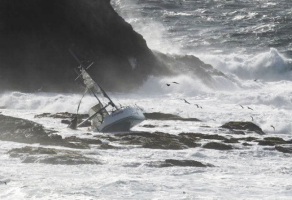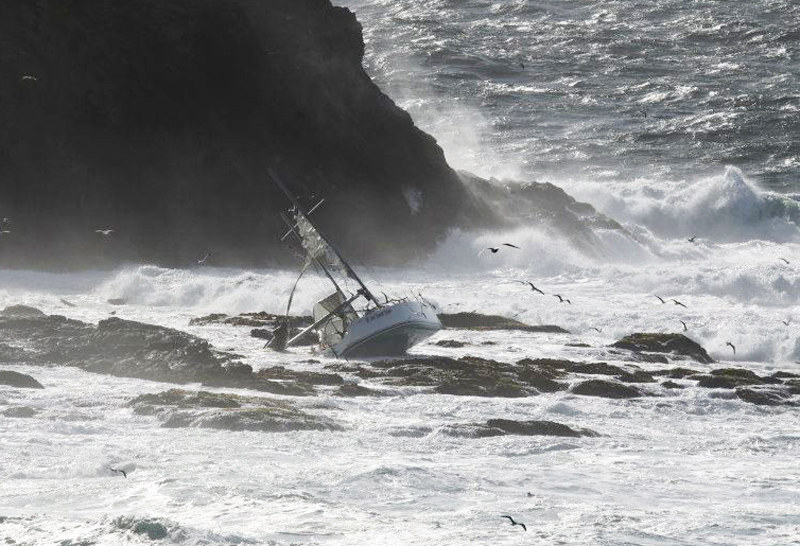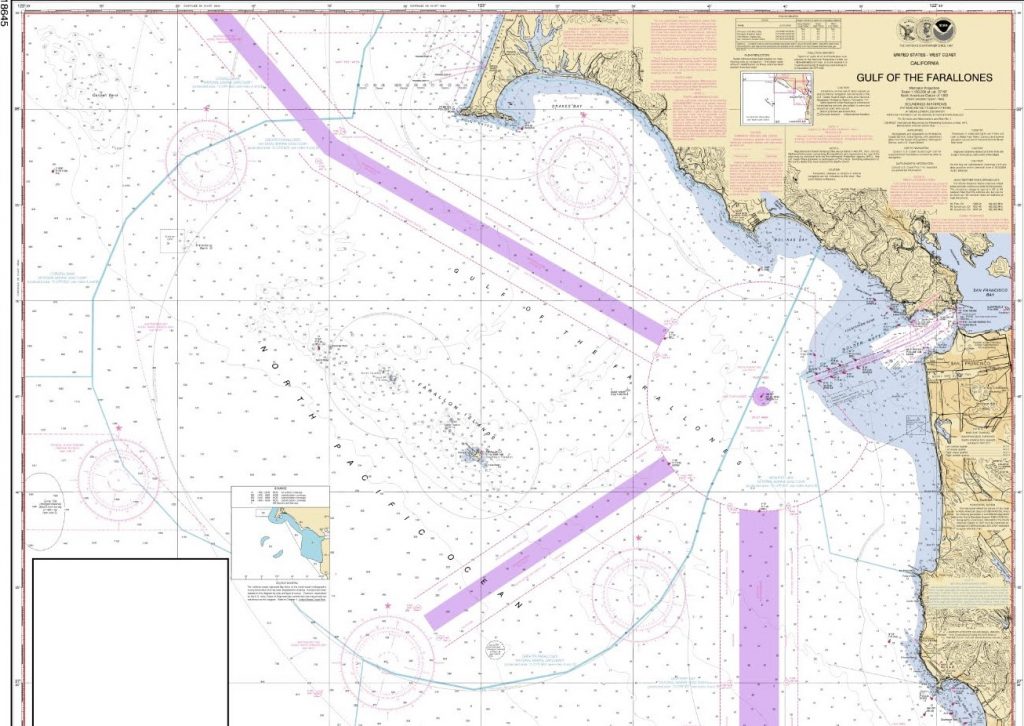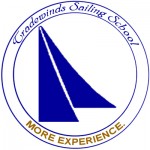Hello folks-
In another thread @Pete the Cat made some extremely helpful comments that I would like to have in a separate thread for ease of those searching for such information later (don;t want sailing advice buried in an anchor rode discussion.) Hence I am reposting his comments here, with some additional links.
--> Additional advice re: sailing out the Golden Gate, and roughly in the area from Half Moon Bay to Drake's Bay and out to the Farallones, would be appreciated.
Thanks!
Pete the Cat's comments (emphasis added):
from thread https://ericsonyachts.org/ie/threads/e34-anchor-well-how-much-rode.21255/
As you have noted, the Pacific Coast is mostly a lee shore with few harbors of refuge. My most dangerous near misses in my cruising life have not been having an anchor too small, but rather having too little personal fortitude to pick up and get out when things start to get dicey in lee shore situations before I had no choice but to stay on a boat that was pitching too violently to even inspect and manage chafe, much less pick up the gear. I was lucky each time, but in retrospect, it was not wise or seamanlike. I worry that so much marketing has gone into "never drag" anchor brands and types that folks are going to be lulled into the easy, but very dangerous choice to hunker down behind a $1000 anchor, when the only safe thing to do is get out in deeper water. And do it sooner rather than later.
I have sailed extensively outside the Gate and remind folks that you should never go South until you are beyond the first Channel marker buoy in any weather -- you cannot always see the NW breaking swell before you are in it going South. Coming North you should come close to the lightship buoy (outside the separation zone and watch for the big guys out there moving at 20+Kts) before turning right into the Gate. The folks who end up on Ocean Beach are under reported -- I had one very near catastrophe many years ago when I cut things too close to coming North -- the swell is deceptive and the top current will take you ashore faster than you can motor or sail, even if the waves are not yet breaking. The only thing that saved me was luck. Had I been another mile or two offshore, I would have had no problem.
I (N.A.) am adding some links for those going outside the Golden Gate. I think most folks know to avoid the Potato Patch and South Bar, and not to go out on an ebb if there is much swell/wind, but these go into additional detail (and the entire point of this thread is that sometimes yet more detail -- like the critical 'top current' off Ocean Beach -- shows up in discussions of 'avoid the South Bar' that seem like they are already known.
Links for others digging on this:
Really good page on SF / Golden Gate Bar: https://coastsidefishingclub.com/grey-beard-articles/the-san-francisco-bar/
Very good thread (esp. comments by George Benson (George B) "Gulf of the Farallones-Golden Gate Primer": https://www.sailnet.com/threads/san-francisco-bay-bar-and-currents.243729/#post-3358993
In another thread @Pete the Cat made some extremely helpful comments that I would like to have in a separate thread for ease of those searching for such information later (don;t want sailing advice buried in an anchor rode discussion.) Hence I am reposting his comments here, with some additional links.
--> Additional advice re: sailing out the Golden Gate, and roughly in the area from Half Moon Bay to Drake's Bay and out to the Farallones, would be appreciated.
Thanks!
Pete the Cat's comments (emphasis added):
from thread https://ericsonyachts.org/ie/threads/e34-anchor-well-how-much-rode.21255/
As you have noted, the Pacific Coast is mostly a lee shore with few harbors of refuge. My most dangerous near misses in my cruising life have not been having an anchor too small, but rather having too little personal fortitude to pick up and get out when things start to get dicey in lee shore situations before I had no choice but to stay on a boat that was pitching too violently to even inspect and manage chafe, much less pick up the gear. I was lucky each time, but in retrospect, it was not wise or seamanlike. I worry that so much marketing has gone into "never drag" anchor brands and types that folks are going to be lulled into the easy, but very dangerous choice to hunker down behind a $1000 anchor, when the only safe thing to do is get out in deeper water. And do it sooner rather than later.
I have sailed extensively outside the Gate and remind folks that you should never go South until you are beyond the first Channel marker buoy in any weather -- you cannot always see the NW breaking swell before you are in it going South. Coming North you should come close to the lightship buoy (outside the separation zone and watch for the big guys out there moving at 20+Kts) before turning right into the Gate. The folks who end up on Ocean Beach are under reported -- I had one very near catastrophe many years ago when I cut things too close to coming North -- the swell is deceptive and the top current will take you ashore faster than you can motor or sail, even if the waves are not yet breaking. The only thing that saved me was luck. Had I been another mile or two offshore, I would have had no problem.
I (N.A.) am adding some links for those going outside the Golden Gate. I think most folks know to avoid the Potato Patch and South Bar, and not to go out on an ebb if there is much swell/wind, but these go into additional detail (and the entire point of this thread is that sometimes yet more detail -- like the critical 'top current' off Ocean Beach -- shows up in discussions of 'avoid the South Bar' that seem like they are already known.
Links for others digging on this:
Really good page on SF / Golden Gate Bar: https://coastsidefishingclub.com/grey-beard-articles/the-san-francisco-bar/
Very good thread (esp. comments by George Benson (George B) "Gulf of the Farallones-Golden Gate Primer": https://www.sailnet.com/threads/san-francisco-bay-bar-and-currents.243729/#post-3358993




